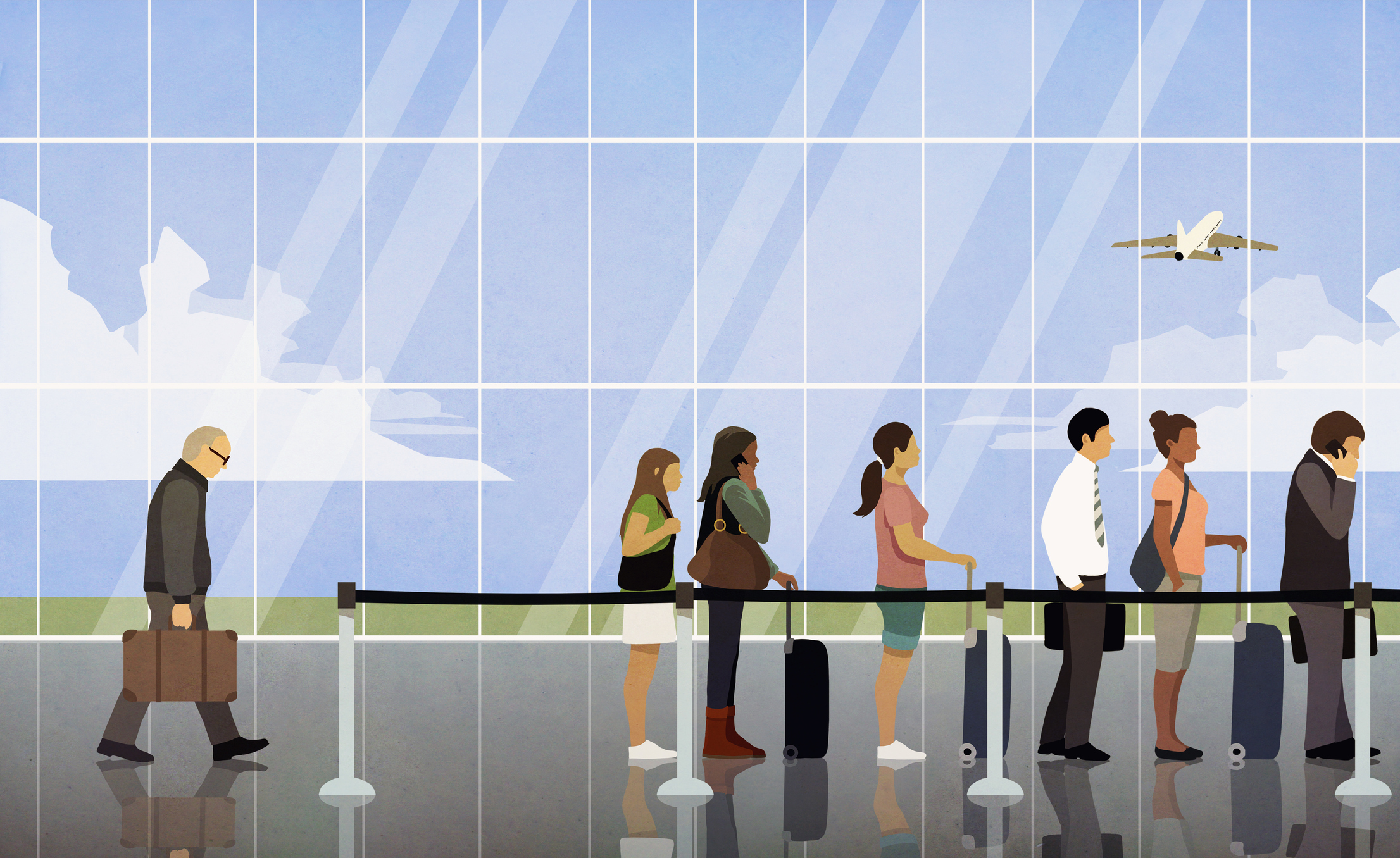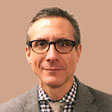The World’s Busiest Airports: Kiplinger Economic Forecasts
Find out how U.S. airports are faring and the outlook post-COVID-19


The aviation industry is a cornerstone of the economy not just because of its size but because its performance has an impact across the supply chain and can impact the economy via the tourism sector.
To help you understand this sector, our highly experienced Kiplinger Letter team will update you on major developments (Get a free issue of The Kiplinger Letter or subscribe). Here’s the latest forecast…
Five of the world’s top 10 busiest airports last year were still in the U.S., a drop from 2021 when domestic airports claimed eight of the top 10 spots.
From just $107.88 $24.99 for Kiplinger Personal Finance
Become a smarter, better informed investor. Subscribe from just $107.88 $24.99, plus get up to 4 Special Issues

Sign up for Kiplinger’s Free Newsletters
Profit and prosper with the best of expert advice on investing, taxes, retirement, personal finance and more - straight to your e-mail.
Profit and prosper with the best of expert advice - straight to your e-mail.
Hartsfield-Jackson Atlanta International Airport once again reigned supreme, for the second straight year, with passenger volume of about 93.7 million people.
The rest in descending order were: Dallas-Fort Worth, Denver, Chicago’s O’Hare, Dubai, Los Angeles, Istanbul, London Heathrow, New Delhi and Paris Charles de Gaulle.
Post-COVID-19 travel rebound
U.S. airports dominated the rankings for the past two years as domestic travel rebounded faster than in other regions.
Worldwide travel significantly rose last year. Expect most of the world’s busiest airports to be back to normal this year, either matching or exceeding pre-pandemic levels.
Only two top 10 airports, Denver and Istanbul, had more passengers in 2022 than in 2019. But 2023 demand is strong...
Airplane supply may be limited
Meanwhile, quality problems have forced Boeing (BA) to halt deliveries of some jets. The issue will leave airlines with roughly 9,000 fewer seats than planned during a summer travel season when U.S. passenger volumes may set a record.
The 9,000-seat figure suggests dozens of planes will be affected. In the U.S., United (UAL) and Southwest Airlines (LUV) are the two biggest buyers of Boeing’s 737 Max, though certain variants of the narrow-body jet, such as the 9, won’t be affected.
Less clear is whether Boeing will be able to deliver 400 737 MAX jets in 2023, which is its goal. The planemaker has delivered 113 through this year’s first quarter.
This forecast first appeared in The Kiplinger Letter. Since 1925, the Letter has helped millions of business executives and investors profit by providing reliable forecasts on business and the economy, as well as what to expect from Washington. Get a free issue of The Kiplinger Letter or subscribe.
Profit and prosper with the best of Kiplinger's advice on investing, taxes, retirement, personal finance and much more. Delivered daily. Enter your email in the box and click Sign Me Up.

Sean Lengell covers Congress and government policy for The Kiplinger Letter. Before joining Kiplinger in January 2017 he served as a congressional reporter for eight years with the Washington Examiner and the Washington Times. He previously covered local news for the Tampa (Fla.) Tribune. A native of northern Illinois who spent much of his youth in St. Petersburg, Fla., he holds a bachelor's degree in English from Marquette University.
-
 States That Tax Social Security Benefits in 2026
States That Tax Social Security Benefits in 2026Retirement Tax Not all retirees who live in states that tax Social Security benefits have to pay state income taxes. Will your benefits be taxed?
-
 QUIZ: What Type Of Retirement Spender Are You?
QUIZ: What Type Of Retirement Spender Are You?Quiz What is your retirement spending style? Find out with this quick quiz.
-
 How to Avoid the Financial Quicksand of Early Retirement Losses
How to Avoid the Financial Quicksand of Early Retirement LossesSequence of returns — experiencing losses early on — can quickly deplete your savings, highlighting the need for strategies that prioritize income stability.
-
 Special Report: The Future of American Politics
Special Report: The Future of American PoliticsThe Kiplinger Letter The Political Trends and Challenges that Will Define the Next Decade
-
 AI Appliances Aren’t Exciting Buyers…Yet
AI Appliances Aren’t Exciting Buyers…YetThe Kiplinger Letter Artificial intelligence is being embedded into all sorts of appliances. Now sellers need to get customers to care about AI-powered laundry.
-
 What to Expect from the Global Economy in 2026
What to Expect from the Global Economy in 2026The Kiplinger Letter Economic growth across the globe will be highly uneven, with some major economies accelerating while others hit the brakes.
-
 Shoppers Hit the Brakes on EV Purchases After Tax Credits Expire
Shoppers Hit the Brakes on EV Purchases After Tax Credits ExpireThe Letter Electric cars are here to stay, but they'll have to compete harder to get shoppers interested without the federal tax credit.
-
 The Economy on a Knife's Edge
The Economy on a Knife's EdgeThe Letter GDP is growing, but employers have all but stopped hiring as they watch how the trade war plays out.
-
 Banks Are Sounding the Alarm About Stablecoins
Banks Are Sounding the Alarm About StablecoinsThe Kiplinger Letter The banking industry says stablecoins could have a negative impact on lending.
-
 Japan Enters a New Era of Risk and Reform
Japan Enters a New Era of Risk and ReformThe Kiplinger Letter Japan has entered a pivotal moment in its economic history, undertaking ambitious policy and structural reforms to escape from decades of stagnation.
-
 After Years of Stagnant Growth, Hope Emerges for EU Economy
After Years of Stagnant Growth, Hope Emerges for EU EconomyThe Kiplinger Letter Can a German fiscal push outweigh French political peril?